
The April 2021 climate outlook tilts warmer than average for most of the country and drier than average across the southern tier of the United States.
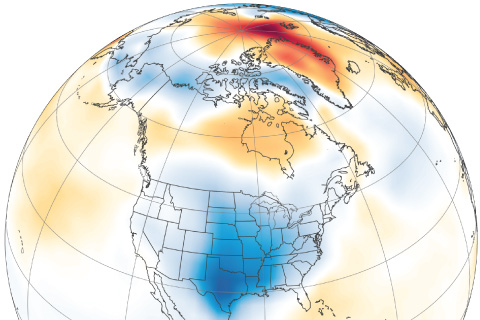
Polar vortex expert Amy Butler and Arctic expert James Overland offer perspectives on the February cold snap in the southern U.S., the polar vortex, and how the Arctic might influence mid-latitude weather.
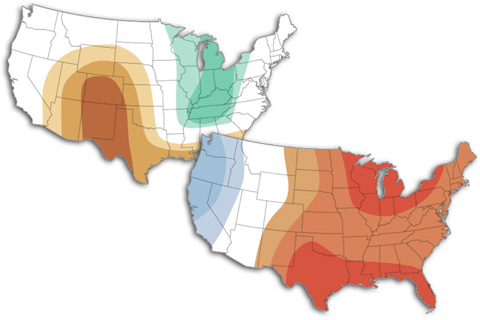
A warmer-than-average start to spring is favored for the central and eastern United States while a drier-than-average March is likely across the southern tier of the contiguous U.S.

Our planet’s history includes episodes of cold so extreme that glaciers reached sea level in equatorial regions.
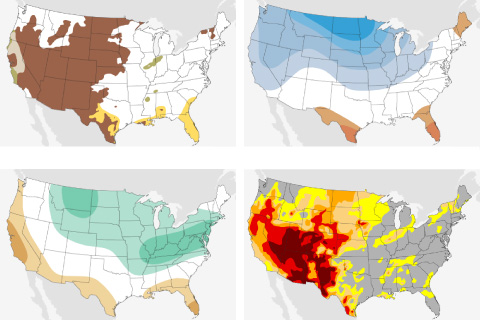
The February 2021 outlook favors a colder- and wetter-than-average month for much of the northern and central United States.
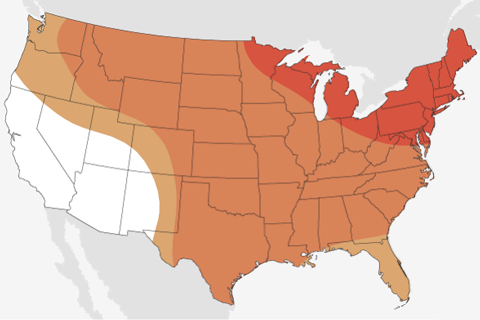
January 2021 is favored to be wetter and warmer than average for much of the country.
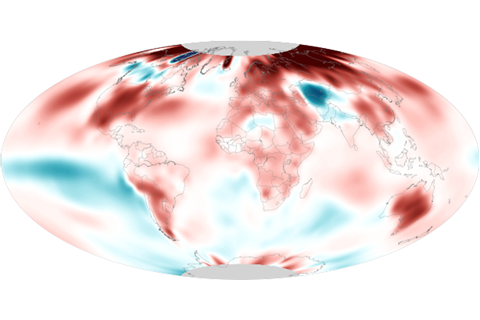
November 2020 was the second-warmest November on record, which increases 2020's chance of becoming the warmest year on record to over 50%.
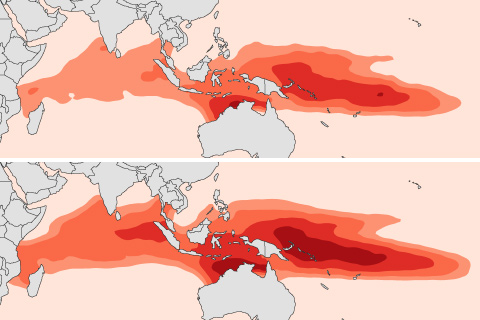
The large, warm pool of ocean water in the Indian and west Pacific Oceans has been growing warmer and expanding in size since 1900, impacting the Madden Julian Oscillation and regional rainfall.
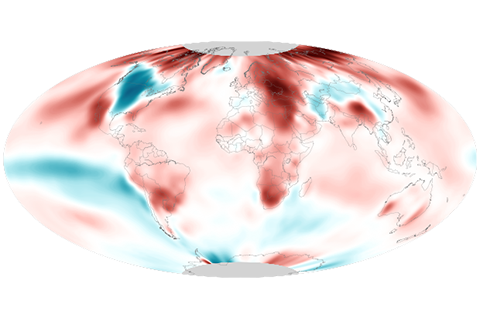
October 2020 was the fourth warmest October on record dating back to 1880, which makes it the lowest-ranked month so far in 2020.
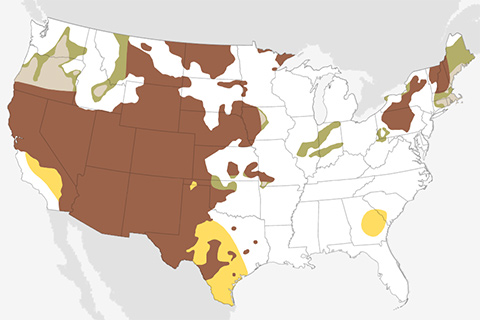
November 2020 is favored to be warmer than average for much of the United States and drier than average across the southern US.